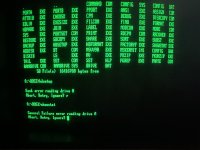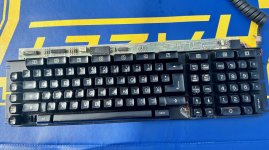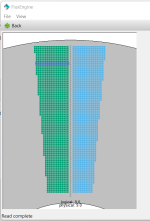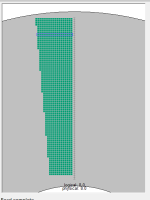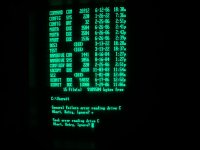Can you try the attached seek test programs?
seek 1 5
Seeks between cylinder 1 and 5 reading a sector.
seek 1 5 x
Seeks between cylinder 1 and 5.
seek2 1 340
Seeks between sector 1 and 340. I think your disk has 68 sectors per cylinder.
The test will repeat 1000 times. Control-c will stop.
Emulator should be repeating
Drive 0 Cyl 5->1 select 1, head 0 dirty 0
Waiting, seek time 3.8 ms max 16.9 min free buffers 69
Drive 0 Cyl 1->5 select 1, head 0 dirty 0
Waiting, seek time 3.8 ms max 16.9 min free buffers 69
Seek time shown should have a minimum value around 2.5 ms for your 4 head drive.
Their are a couple odd things in your output
Drive 0 Cyl 280->278 select 1, head 0 dirty 0
Waiting, seek time 3.2 ms max 8.6 min free buffers 75
Drive 0 Cyl 278->277 select 1, head 0 dirty 0
Waiting, seek time 3.2 ms max 8.6 min free buffers 75
This looks like a recalibrate where its stepping back to track 0 but that is normally done by steps of 1. This have variable number of cylinders per step.
Drive 0 Cyl 209->207 select 1, head 0 dirty 0
Waiting, seek time 2.2 ms max 8.6 min free buffers 75
Waiting, seek time 0.0 ms max 8.6 min free buffers 75
Drive 0 Cyl 207->205 select 1, head 0 dirty 0
Waiting, seek time 3.2 ms max 8.6 min free buffers 75
Seek time of 0 is normally not good. You also have some other suspiciously low seek times.
What test equipment do you have for looking at signals? Assuming this shows seek problems looking at the signals would be the next step.

